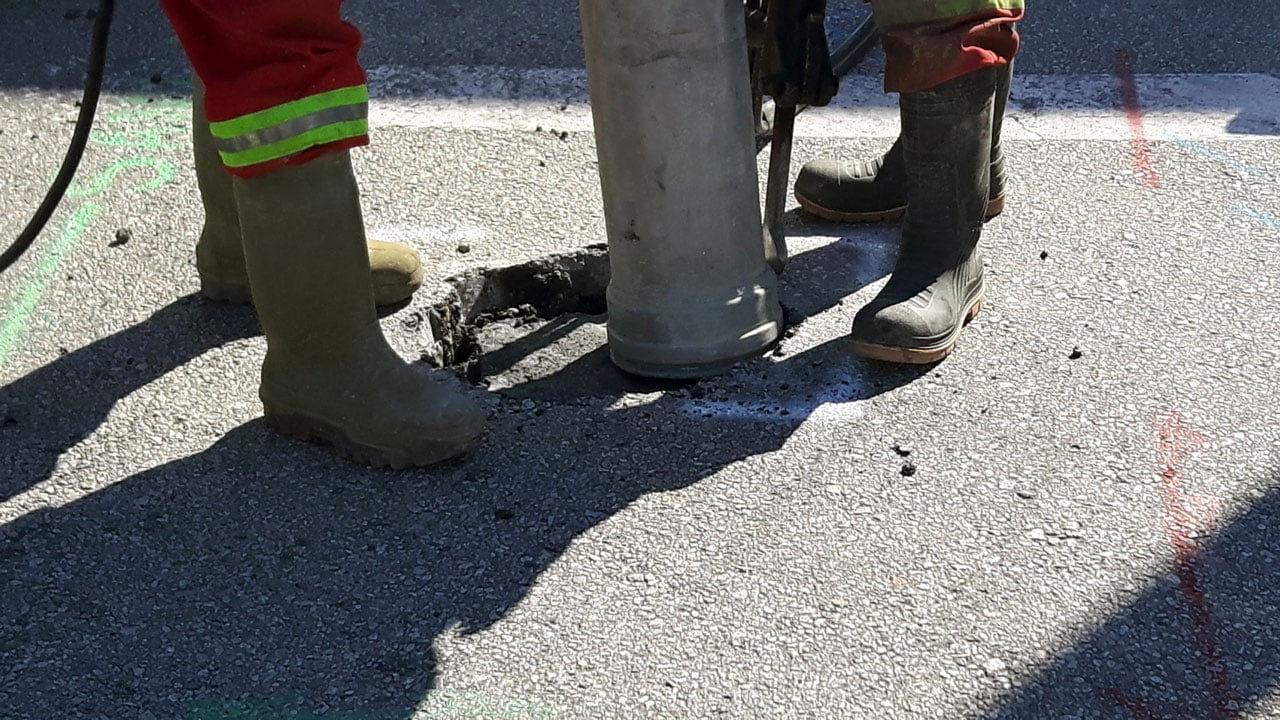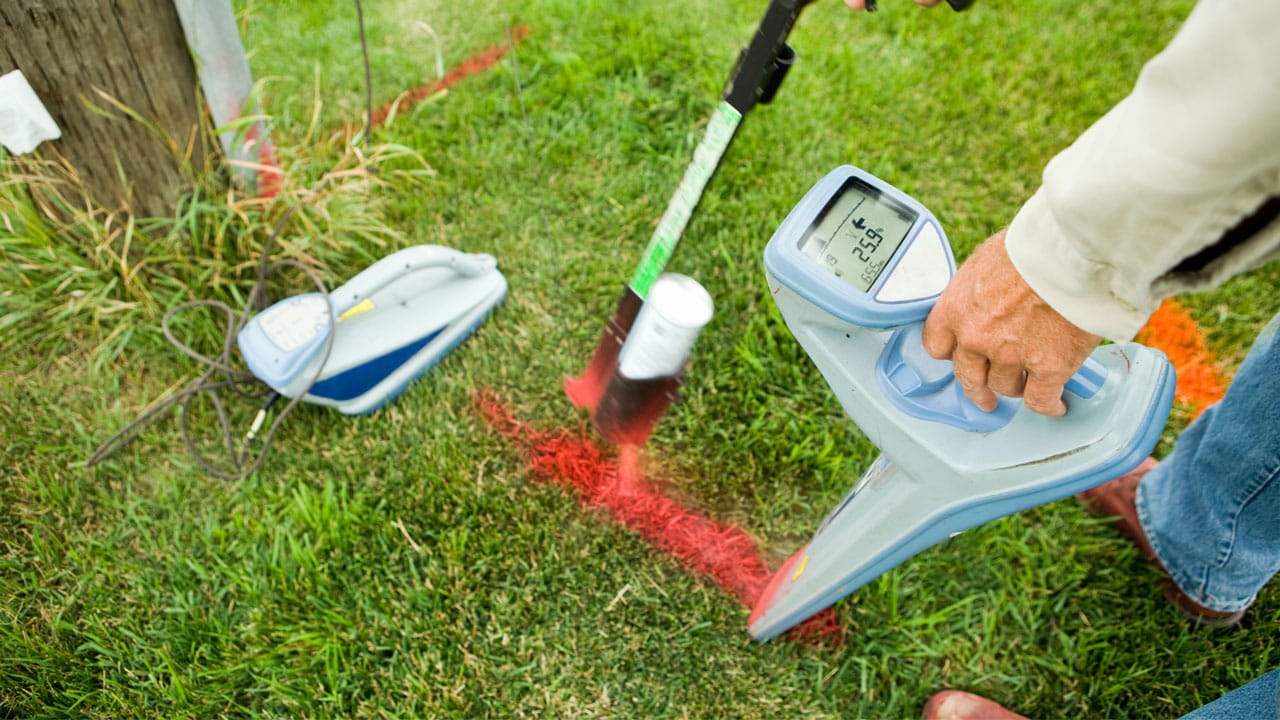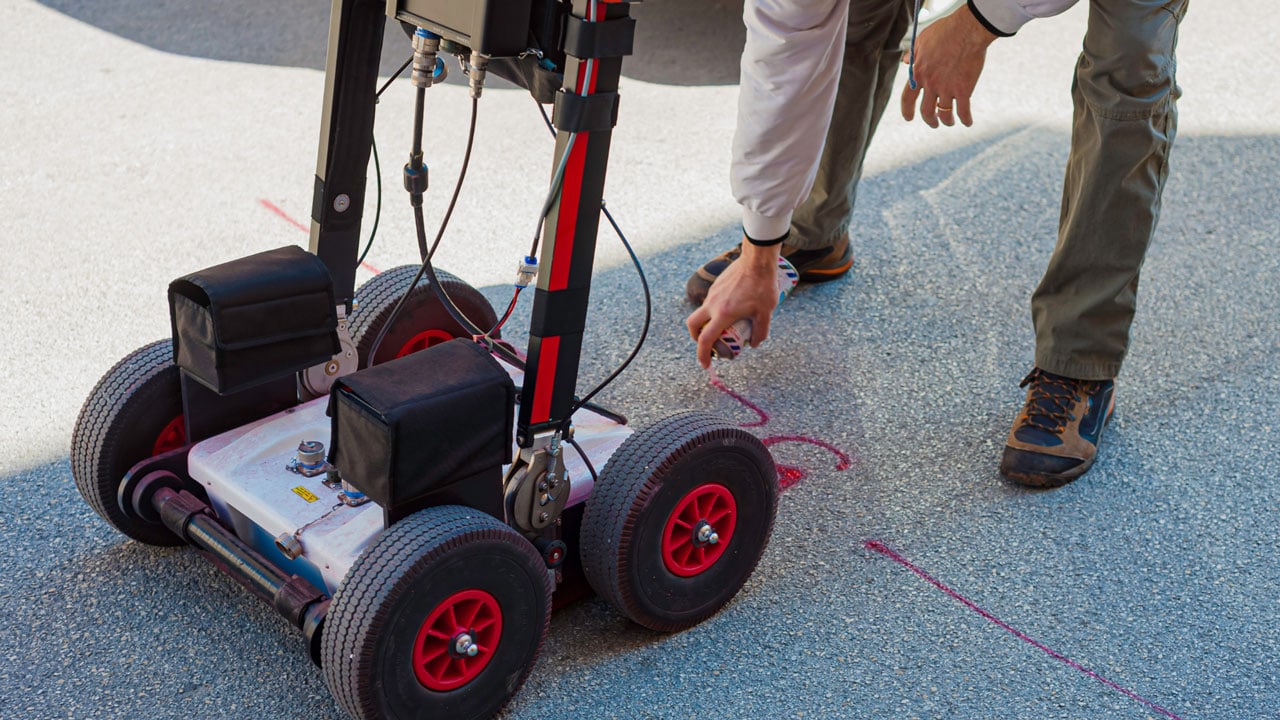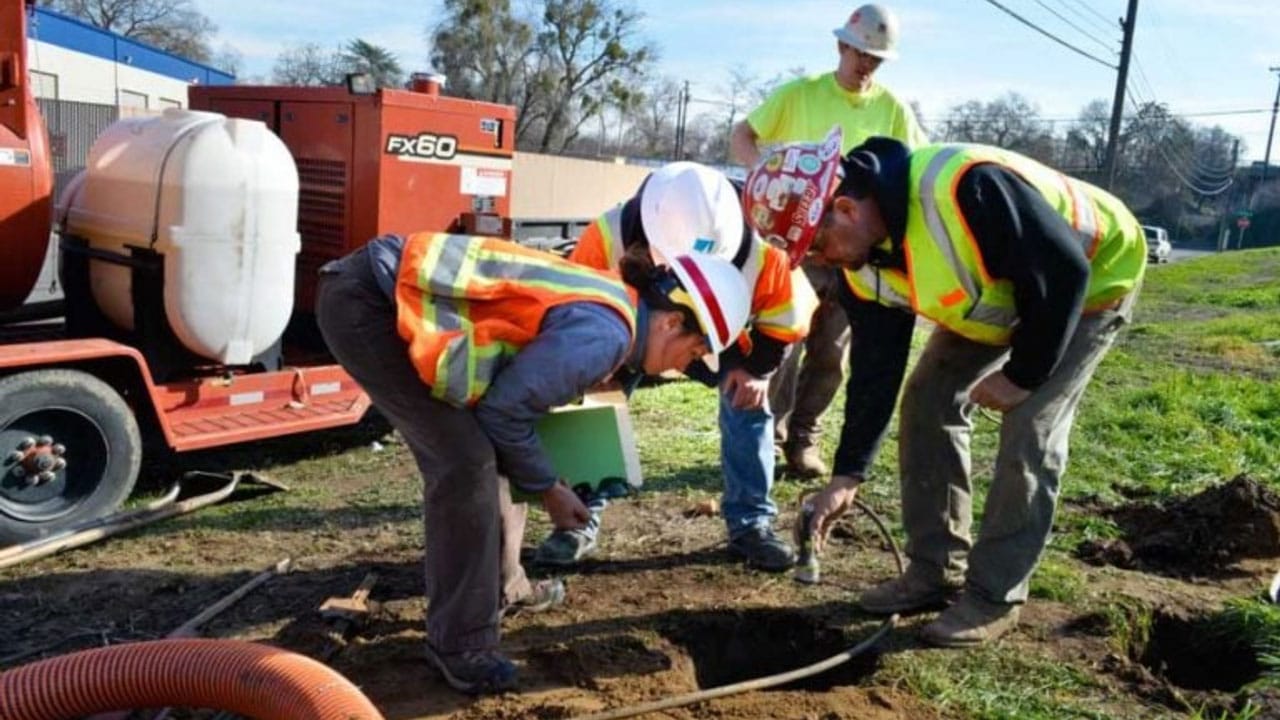In the fast-evolving landscape of the construction industry, utility potholing has emerged as a critical preliminary step. With the adoption of advanced techniques like hydro vacuum excavation or hydrovac excavation services, utility potholing services are revolutionizing how construction companies and civil engineers approach subsurface infrastructure.
This blog post delves into the economic aspects, weighing the upfront costs against the long-term benefits and savings associated with utility potholing, specifically within the realm of construction projects in the United States.
The Role of Professional Utility Potholing Services
Utility potholing involves creating small holes to physically expose and verify the exact locations of underground utilities, ensuring accurate utility locating before the commencement of any construction or excavation work. Techniques such as hydro vacuum excavation and air excavation are preferred for their precision and reduced risk of subsurface damage compared to traditional excavation methods.
Professional potholing services provide an unparalleled level of accuracy and quality in identifying subsurface utilities. By incorporating techniques like GPRS Project Managers and employing an extensive training program, these services uphold a high standard of care, significantly contributing to the precision of construction projects.
Average Cost of Professional Utility Potholing Service
The average cost of professional utility potholing services can vary widely based on several factors. On average, the cost for professional utility potholing services can range from a few hundred to several thousand dollars per hole.
For example, prices might range from $200 to $600 per hole for standard conditions, but this can increase based on these factors. Some companies may also charge by the hour, with rates typically ranging from $100 to $250 per hour, depending on the equipment and techniques used.
Geographical Location
In metropolitan areas or regions with a higher cost of living, such as Los Angeles, the rates for utility potholing services might be higher compared to rural or less densely populated areas.
Method Used
Hydro vacuum excavation, also known as hydrovac, and air excavation are two common methods for utility potholing. Hydrovac services, which use high-pressure water to break up soil, tend to be more expensive than air excavation due to the equipment and water usage involved. However, hydrovac provides a cleaner and more precise excavation, which can be beneficial in reducing overall project risks and costs.
Depth and Extent
The cost can also depend on how deep the utilities are buried and the number of locations where potholing is required. Deeper and more extensive potholing operations will naturally incur higher costs.
Site Conditions
The presence of hard soil, rocks, or other challenging conditions can increase the time and resources needed to complete the potholing, thereby increasing costs. Additionally, if the site requires special safety measures or there are accessibility issues, this can further influence the final price.
Utility Complexity
The complexity of the underground utility network can also affect pricing. Areas with a dense concentration of utility lines may require more careful and thus, more costly excavation efforts to avoid damaging existing infrastructure.
It’s essential for businesses and construction managers to obtain detailed quotes from multiple service providers to understand the potential costs fully. Quotes should ideally break down all expenses, including labor, equipment, and any additional services required for the project.
Cost-Benefit Analysis: Upfront Costs vs. Long-Term Savings
Upfront Costs
The initial investment in utility potholing services, including hydrovac excavation services, may seem substantial. Hiring experienced operator or a reliable utility locating company that utilizes specialized equipment like vacuum excavators contribute to the project’s success.
Long-Term Benefits
- Risk Mitigation: Proper utility location minimizes the risk of damaging underground facilities, thereby avoiding costly repairs, legal issues, and construction delays.
- Project Efficiency: Identifying the exact locations of utility lines prevents project delays and allows construction managers to plan more effectively, saving time and resources.
- Compliance: Adhering to damage prevention laws and industry standards, such as Subsurface Utility Engineering (SUE) and employing a private utility locator, helps in meeting regulatory requirements and avoiding fines.
- Safety: Reduces the likelihood of dangerous subsurface damage, ensuring the safety of the construction team and the public.
The Benefits of Investing in Professional Utility Potholing
1. Enhanced Safety
One of the primary benefits of professional utility potholing is the increased safety it brings to construction sites. By accurately locating underground utilities before digging, the risk of accidentally striking gas lines, electrical cables, or water pipes is significantly reduced. This not only protects the construction crew and the public but also prevents potentially catastrophic incidents.
2. Reduced Risk of Damage and Associated Costs
Striking underground utilities can lead to costly repairs, legal liabilities, and service outages. Professional utility potholing helps avoid such costly mishaps by providing precise information about the location and depth of underground infrastructure. This precision helps in planning excavation activities more safely, thereby saving money and time that would otherwise be spent on fixing utility strikes.
3. Increased Project Efficiency and Reduced Delays
Utility strikes can cause significant project delays. By employing professional services for potholing, construction teams can proceed with confidence, knowing the exact locations of underground utilities. This leads to fewer interruptions, allowing projects to stay on schedule and within budget.
4. Compliance with Regulations
Many regions have strict regulations regarding digging near underground utilities. Professional utility potholing services ensure compliance with these regulations, helping to avoid legal issues and penalties. They employ industry-standard techniques like hydro vacuum excavation and Subsurface Utility Engineering (SUE) to meet regulatory requirements and standard of care.
5. Quality and Accuracy
Professional utility potholing services use advanced technology such as Ground Penetrating Radar (GPR) and GPS mapping to provide accurate utility locating. This level of accuracy is crucial for avoiding underground utilities and planning safe excavation routes.
Partner with Util-Locate for Expert Utility Potholing Services in Southern California
For construction professionals seeking reliable and precise utility potholing services in Southern California, Util-Locate offers state-of-the-art solutions tailored to meet your project’s specific needs. Our experienced team, armed with cutting-edge technology and a commitment to excellence, ensures that your construction projects proceed smoothly, safely, and cost-effectively.
Reach out to Util-Locate today to integrate our premier utility locating services into your construction strategy, paving the way for a successful and efficient project outcome.






